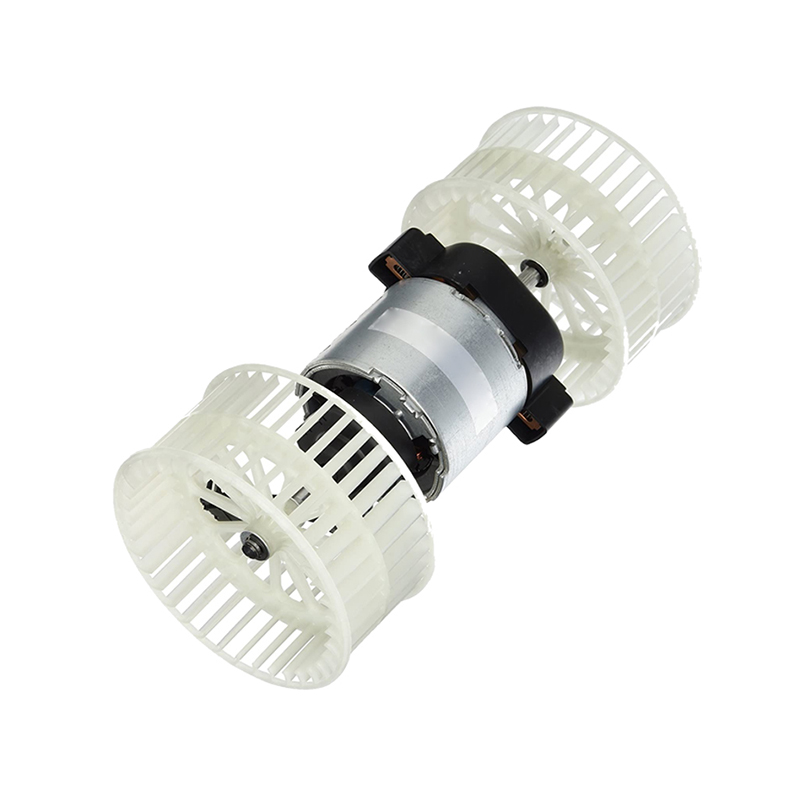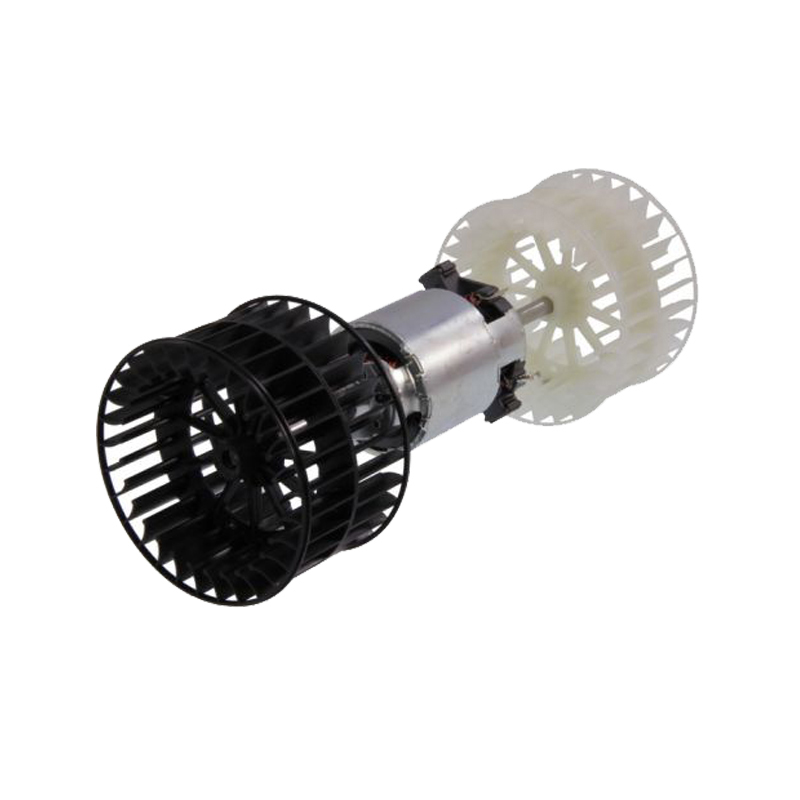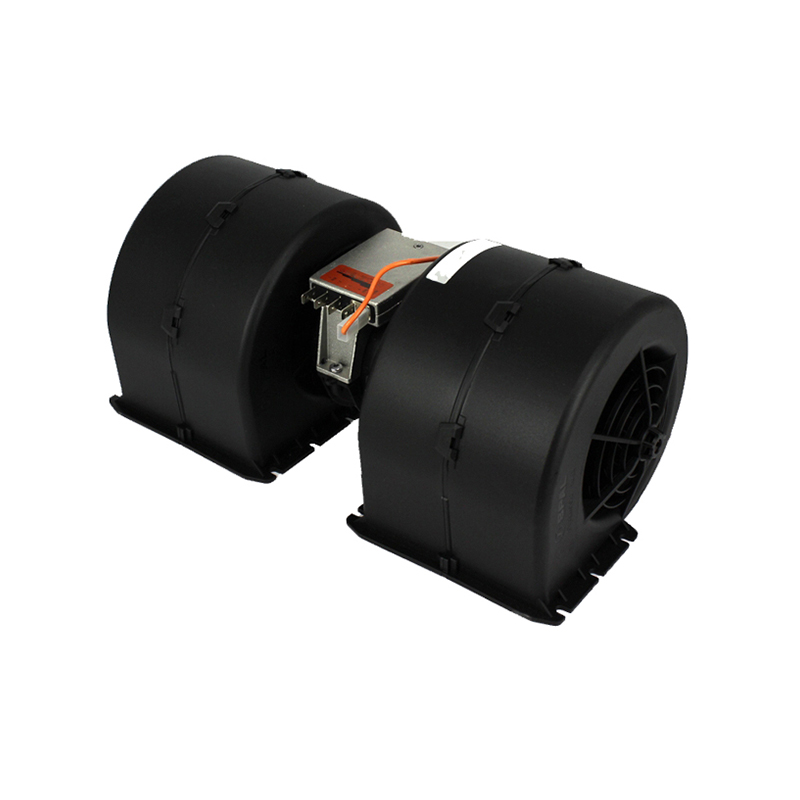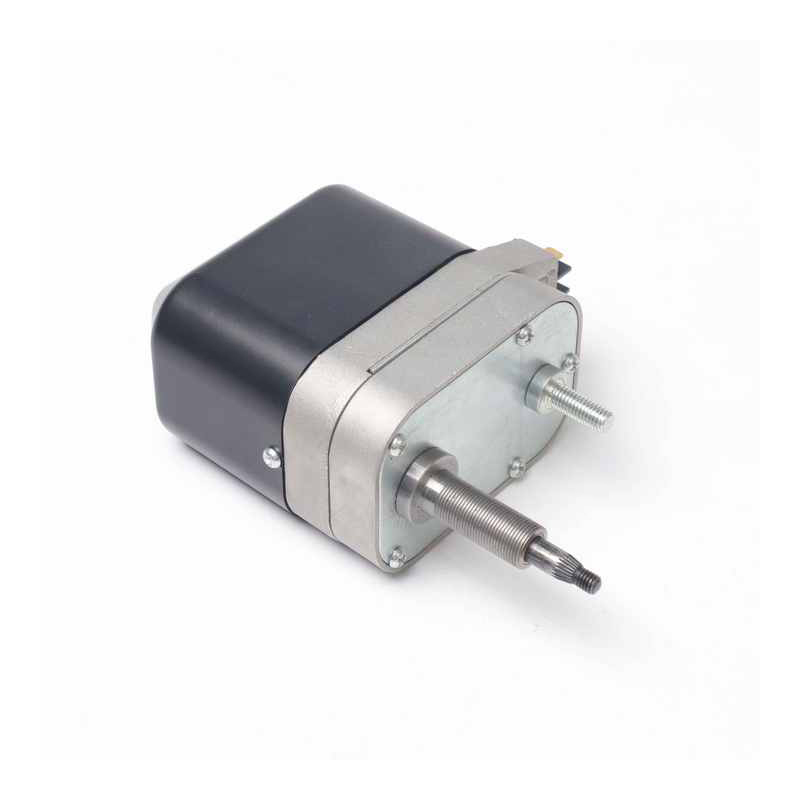 +86-0577-66009580
+86-0577-66009580
 juntmotor@126.com
juntmotor@126.com

In modern mechanical systems, fan motor technology plays a crucial role in driving air circulation, maintaining temperature stability, and enhancing overall system performance. From residential HVAC systems to industrial cooling equipment, the fan motor is an essential component whose efficiency and adaptability directly impact the effectiveness of the entire setup. Among the various advancements made in this area, variable speed control in fan motor design stands out as one of the most influential innovations.
A fan motor equipped with variable speed control allows users to adjust the fan’s operating speed to match specific airflow and environmental requirements. Unlike traditional single-speed models that operate at a fixed velocity, a variable speed fan motor offers a dynamic range of outputs, thereby providing more precise control over system behavior. This feature is especially useful in systems that require consistent environmental conditions or where energy efficiency is a priority.
One of the primary advantages of a variable speed fan motor is its ability to optimize energy usage. When full speed is not required, the motor can slow down, reducing the amount of electricity consumed. This adaptive response not only conserves energy but also contributes to longer equipment lifespan, as the fan motor experiences less wear and tear during low-speed operation. This becomes particularly beneficial in commercial and industrial environments where multiple fan motor units may be running simultaneously throughout the day.
Noise reduction is another important benefit associated with variable-speed fan motor systems. Operating a fan motor at lower speeds naturally leads to quieter performance, a factor that is often critical in residential and office settings. With traditional systems, fans running at maximum speed can generate continuous background noise, which may be disruptive over time. By incorporating a variable speed fan motor, engineers and designers can maintain airflow while minimizing acoustic interference.
In ventilation and air handling units, the ability to modulate airflow using a variable speed fan motor ensures better indoor air quality and temperature regulation. During peak hours or in response to occupancy changes, the fan motor can ramp up speed to maintain comfort. Conversely, during periods of low demand, the fan motor slows down, conserving resources while maintaining a baseline level of ventilation. This responsiveness is essential for compliance with modern building standards that prioritize energy conservation and occupant well-being.
Refrigeration systems also benefit from the versatility of a variable speed fan motor. In such systems, precise temperature management is critical to preserving goods and preventing waste. A fan motor with variable speed capabilities allows for tighter control of airflow within cooling compartments, enabling more stable thermal conditions and reducing compressor cycling. This not only boosts energy efficiency but also helps extend the life of the refrigeration components.

Maintenance and operational longevity are additional areas where the variable speed fan motor excels. Running a fan motor at variable speeds reduces mechanical stress and lowers the risk of sudden failure. This is particularly advantageous in mission-critical environments like hospitals, laboratories, or server rooms, where consistent air movement is vital. In these settings, the fan motor must operate reliably for extended periods, often under fluctuating loads. The flexibility provided by variable speed control enhances reliability and helps avoid unexpected downtime.
Furthermore, advances in control systems have made it easier to integrate variable-speed fan motor technology with digital building management platforms. Many modern fan motor systems can be connected to centralized control hubs, allowing for remote monitoring and automated adjustments based on real-time data. This synergy between hardware and software ensures that the fan motor is always operating at optimal levels, tailored to the needs of the space and the people within it.
From an environmental standpoint, the use of variable speed fan motor systems contributes to sustainability goals by lowering energy consumption and reducing greenhouse gas emissions. As more industries seek to align with global energy standards and certifications, incorporating efficient fan motor designs becomes a key strategy in achieving long-term environmental performance.
In conclusion, the variable speed fan motor represents a forward-thinking approach to airflow management across a wide range of applications. Whether it’s improving indoor air quality, reducing noise, conserving energy, or extending equipment life, the benefits of this technology are both immediate and lasting. As demands for energy-efficient and adaptable systems continue to grow, the role of the fan motor, particularly those equipped with variable speed control, will remain integral to building smarter, more sustainable environments.

